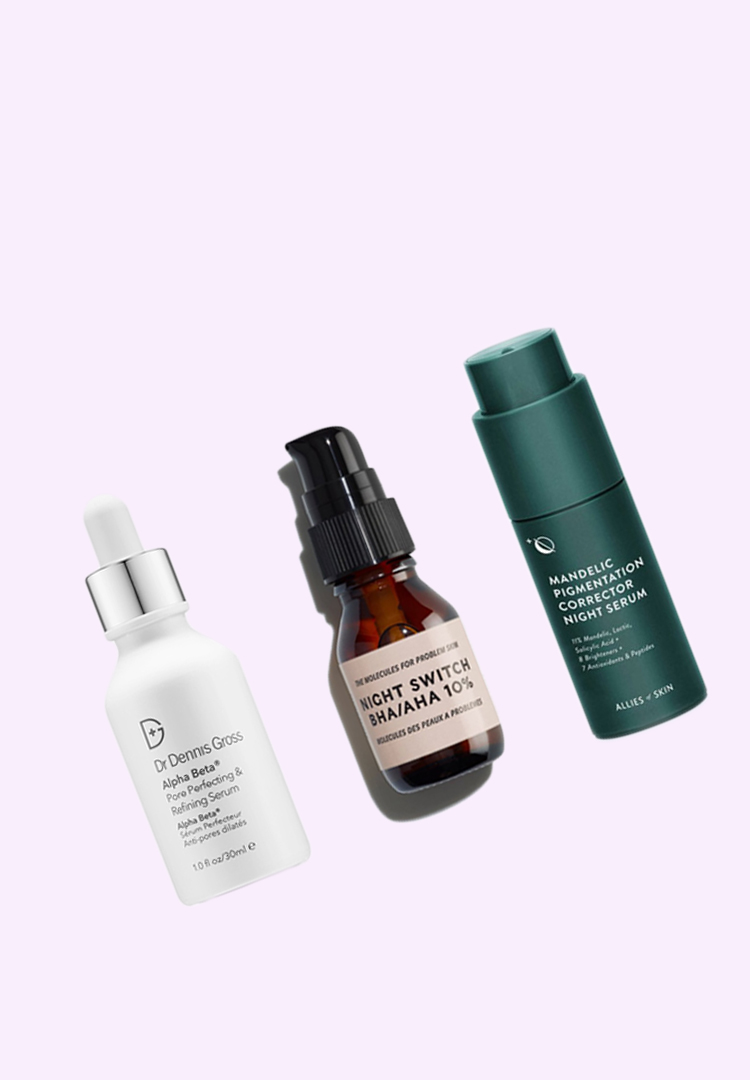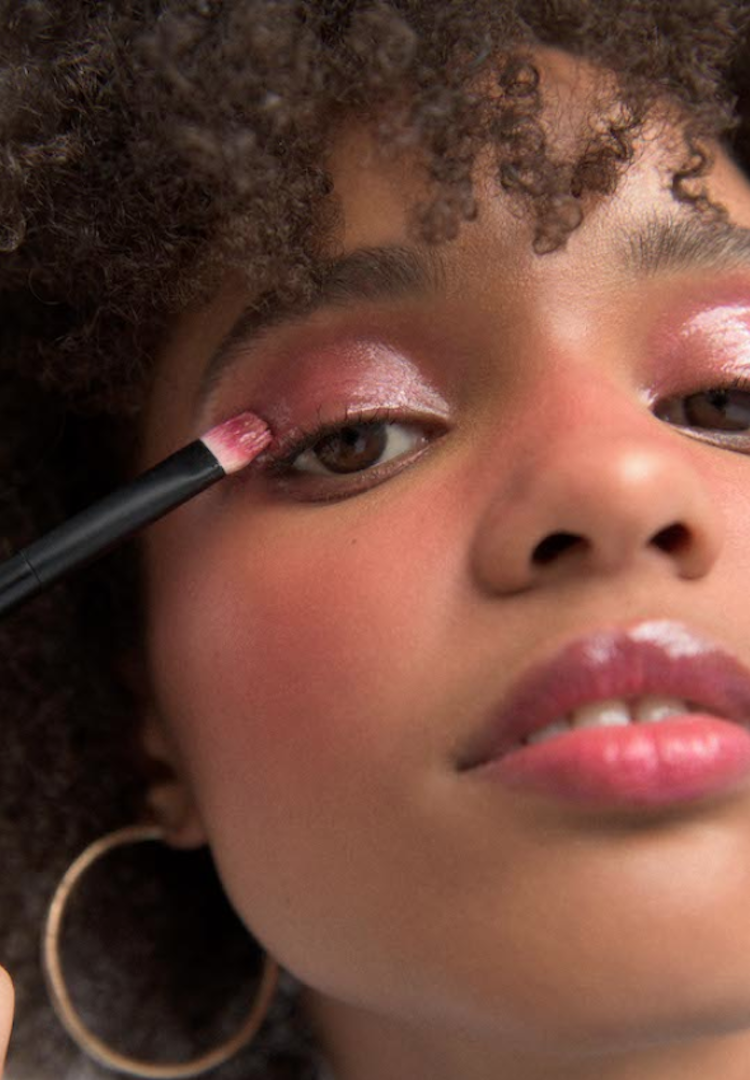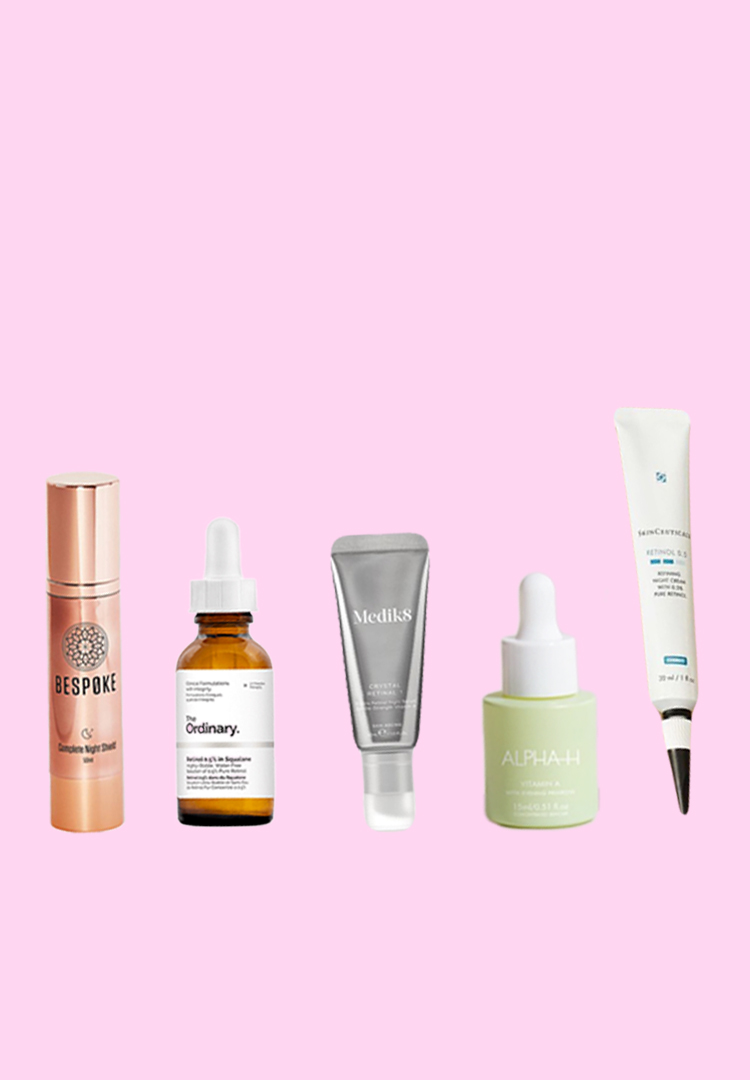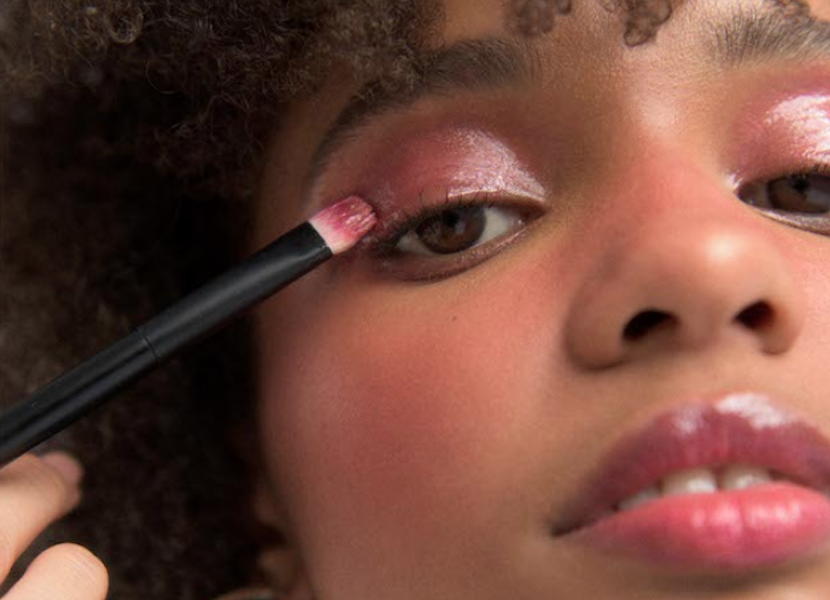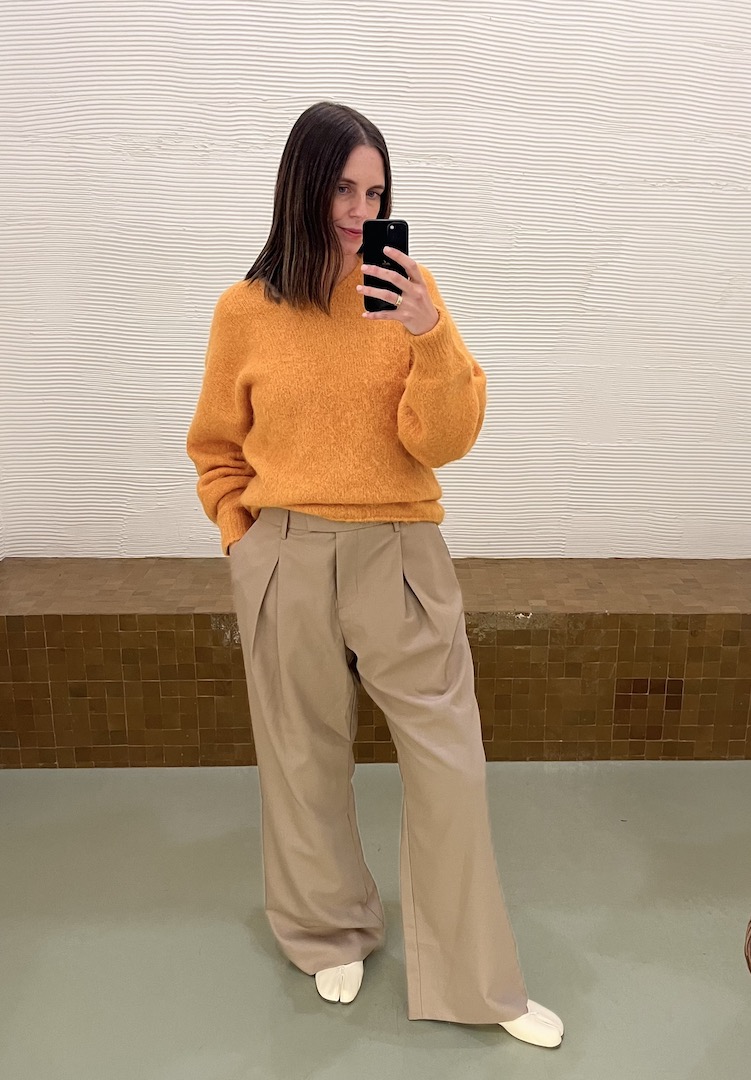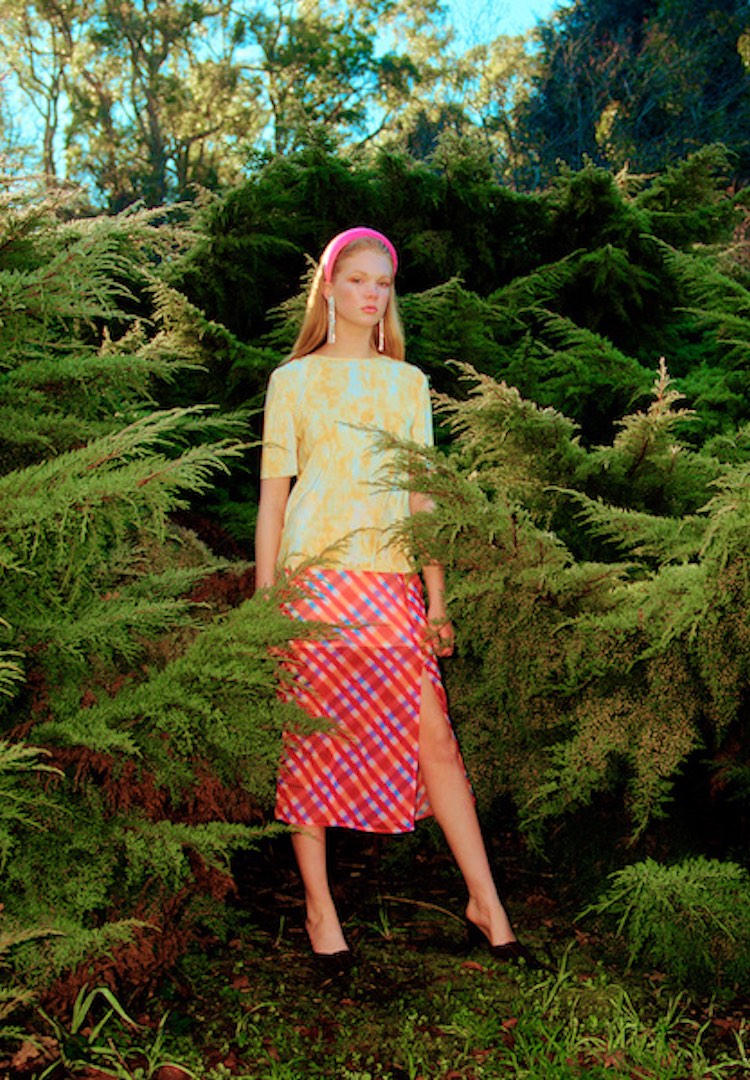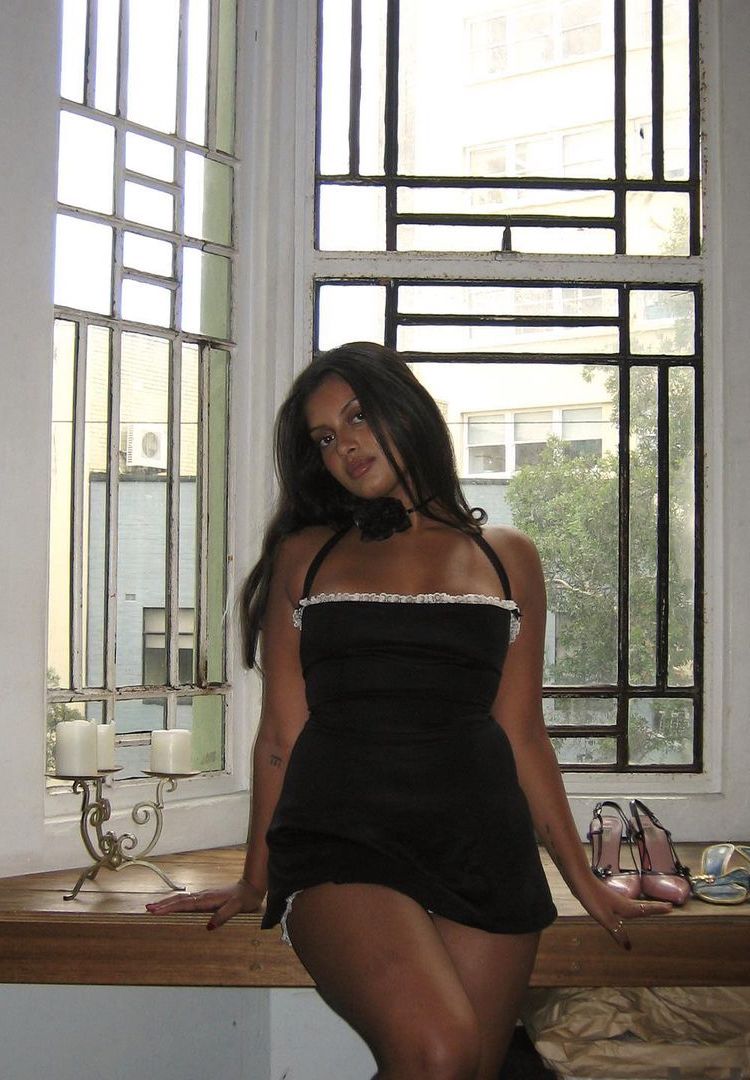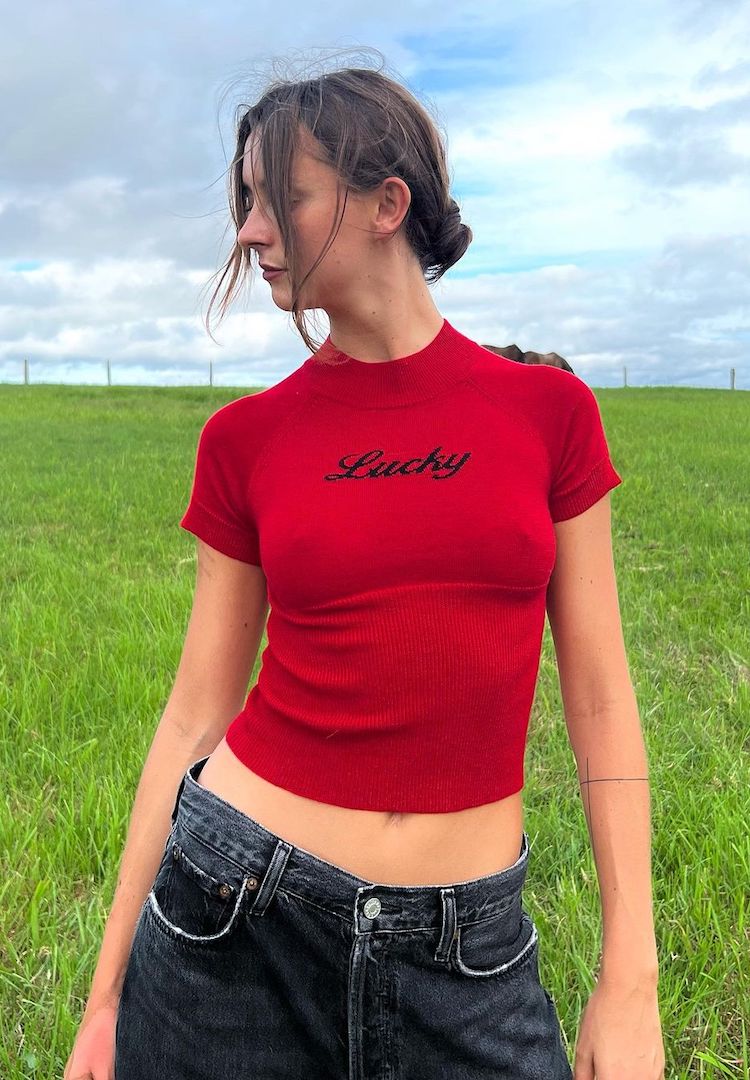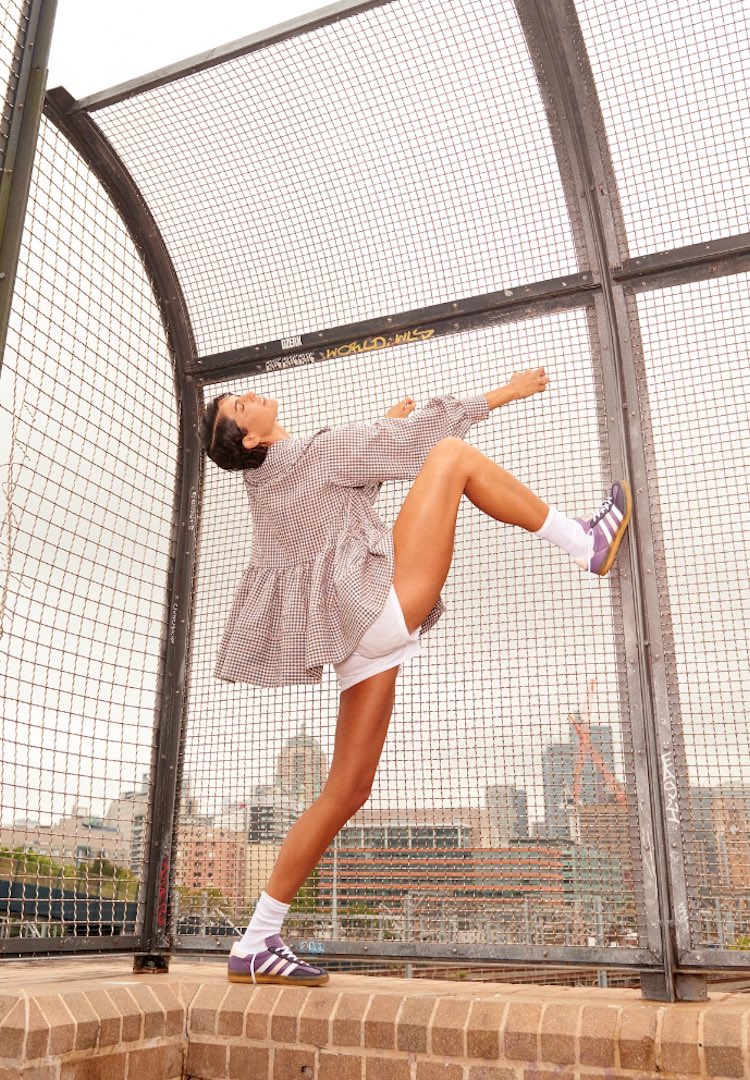I think it’s time we stopped glamourising beauty hauls, don’t you?
PHOTOGRAPHY BY KRISTINA YENKO
WORDS BY ROSANNA WATTS
This is going to take collective action.
The rise of influencer marketing has completely changed the beauty industry. In 2018 alone, beauty-related content on YouTube generated over 169 billion views.
I used to be a total sucker for a good makeup haul. I love the slight undertones of ASMR as exciting products are unwrapped to the overtones of your favourite influencer’s musings. Haul videos are somehow calming and entertaining, both at the same time. But to be honest, I could never quite get past the excessive spending these videos displayed.
Search ‘makeup haul’ on YouTube, like I just did, and you’ll see what I mean. Many of the thumbnails feature bright font proclaiming ‘I spend too much money on makeup,’ or something to that effect.
As it turns out, like their favourite influencers, consumers are also spending a lot on makeup (some would say too much.) And research predicts that we’ll only spend more in the future. But it’s no coincidence that in the age of beauty influencers, who normalise having more than we need, our spending on cosmetics has increased dramatically.
When it comes to fashion, clothing try-on and haul videos, which often promote excessive spending and fast fashion, have received some much-deserved criticism. And for a good reason – fast fashion is detrimental on many environmental and humanitarian levels.
But cosmetics certainly aren’t free of the sort of concerns that surround fashion, like excessive waste and unjust labour practices. And this has me wondering: why haven’t we seen a bigger drive towards sustainability in the mainstream beauty industry?
Beauty influencers and the #shelfie
By definition, being a beauty influencer requires having lots of makeup and beauty products to make content about. But it also means making money out of that content, which yes, means selling stuff. Anti-capitalist YouTuber Kristen Leo made an eerily-confronting video that draws parallels between influencer marketing and the 1998 movie The Truman Show.
Just like the everyday people sneakily advertising products to viewers of the 24-hour-a-day television show about Truman’s life, a lot of influencer marketing doesn’t feel like traditional advertising.
But influencer marketing is just that – marketing. And brands recognise its power, which is why they shower beauty gurus in PR packages full of free makeup to add to their already overflowing collections. Because we often consider influencers to be everyday people who just have cool careers, they’re not just selling us makeup products, they’re selling a lifestyle, and it’s one that’s grounded in overconsumption.
Some of the most popular videos on YouTube are makeup unboxings and beauty hauls. Both involve showing enough products to span at least ten minutes of viewing time (usually more) and often feature the iconic YouTube phrase ‘I’ll leave a link below’, which encourages us to give in to the inevitable ‘I wants’ that these videos will spark in us.
Another popular YouTube genre that’s at risk of inspiring some serious shopping is, of course, the infamous makeup collection video. Think soothing, satisfying rundowns of entire Ikea Alex drawers worth of neatly organised makeup. ( If you know, you know.)
And we can’t forget the Instagram equivalent: the aspirational beauty #shelfie. The shelfie is a selfie of an aesthetically-pleasing and perfectly-curated beauty collection, big enough to fill entire sets of shelves.
These popular forms of content idealise excessive consumption, that is, a wanting well beyond our needs. Influencer and makeup artist Painted by Esther, who’s worked with the likes of the model and activist Munroe Bergdorf, recognises the overconsumption in her industry. She told global media and news outlet Vice, “There is pressure on artists to have a large collection. It’s like a status. The more high-end items you have, the better you’re viewed.”
And if our current consumption of cosmetics is anything to go by, beauty influencer culture is incredibly effective. It’s also very costly for the everyday consumer.
You aren’t alone if your beauty purchasing habits have left some ugly stains on your bank statements. It turns out, we Aussies spend a lot on makeup and ‘personal care products’. One study forecasts that by 2025 the Australian beauty market will be worth $9.37 billion, which isn’t surprising seeing as each year, on average, an Australian woman spends over $3,600 on beauty products alone.
Some things take time, but fast beauty doesn’t
Beauty influencers rely on affiliate links, brand deals and sponsored #ads to make a living, which is an obvious reason why the move away from such consumption-crazed content has been slow. And because of beauty gurus’ powerful influence, brands aren’t likely to stop sending them PR packages anytime soon.
But more troubling, perhaps, is the rise of ‘fast beauty’. Yep, that’s a thing now. And much like fast fashion, it’s about quick-turn-arounds and the mass consumption of affordable, on-trend products.
Supporters of fast beauty claim that the traditional process of getting cosmetics from conception to shelves is gruellingly long. Fast beauty startup Be for Beauty’s co-founder, Colette Newberry, told WWD, “The world has gotten a hell of a lot smaller. Consumers want more for less, they want it now and trends move at lightning speed.”
And she’s not wrong. But we wouldn’t be able to stay on top of all these trends, or, possibly wouldn’t want to, if it wasn’t for our fave beauty influencers. This is why changing consumers’ habits will likely first require the online beauty community to prioritise sustainability in their messaging.
A potential remedy
Recently, some members of the beauty community have taken it upon themselves to reduce makeup consumption in their industry. Popular YouTubers like Kelly Gooch and Serein Wu have taken to promoting a #NoBuy or #LowBuy message. Similar initiatives include the popular #ProjectPan and #ShopMyStash. These all encourage people to stop buying new and instead use up what they have in their existing makeup collections.
But perhaps one of the most direct antidotes to YouTube’s consumerism culture is the clearly labelled, ‘anti-haul’. As the name suggests, these videos outline all the things an influencer won’t be buying. Iterations of the anti-haul are often peppered with broader critiques of capitalism, and have been popularised by YouTuber Kimberly Clark’s humorous renditions.
Movements like these are important, especially given the cosmetics industry creates 120 billion units of packaging every year, most of which aren’t even recycled. And the concerns aren’t only environmental. As with fashion, there are ethical concerns surrounding the production of cosmetics.
Internationally-sourced ingredients like mica – used to add shimmer – are often sourced and produced using child labour. The same goes for other ingredients like vanilla and cocoa, which have also been linked to modern slavery and illegal mining in the ‘developing world’.
Despite the need for it, the move towards slower consumption has been, well, slow, which is why it’s just as important brands do their bit to make their products more ethical and sustainable. Of course, some already are. UK brand Ren Clean Skincare has committed to being zero-waste by 2021 and Australian brand Fluff is a local pioneer of refillable cosmetics.
If the sustainable fashion movement has taught us one thing, it’s that changing consumption habits involves collective action from consumers, influencers, and brands. And that’s exactly what we’ll need to see if the beauty industry is to pave the way for a more sustainable and ethical future. So, all hail the anti-haul?

